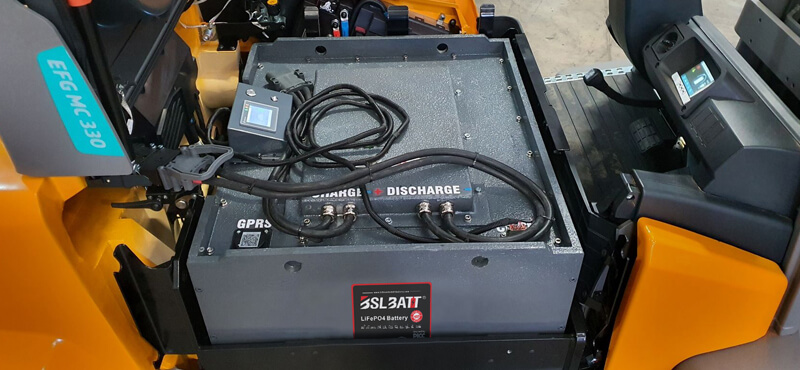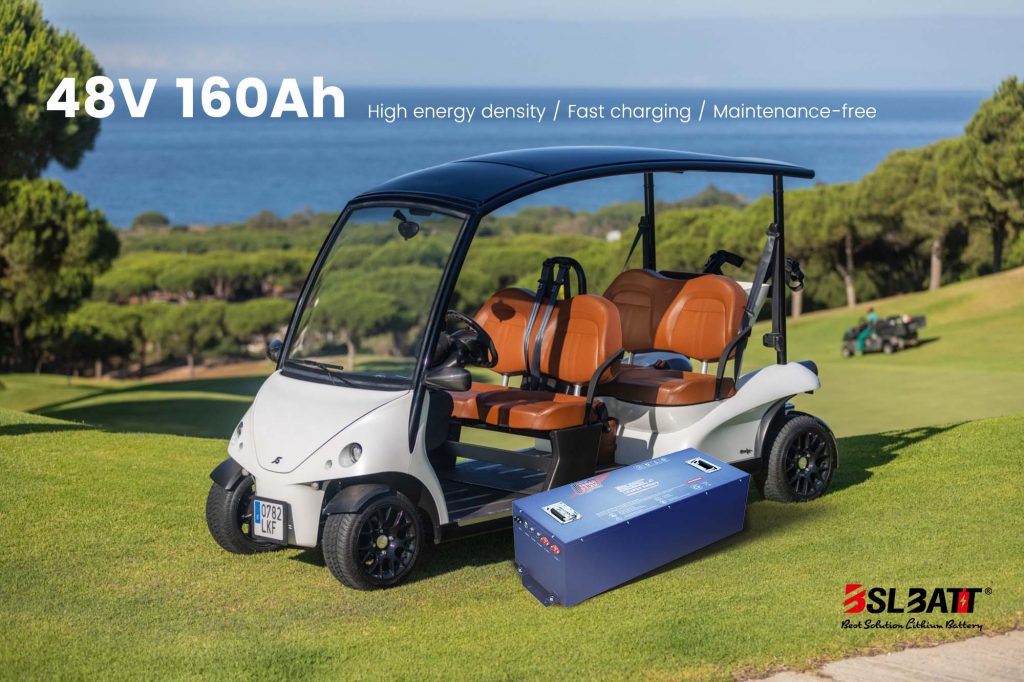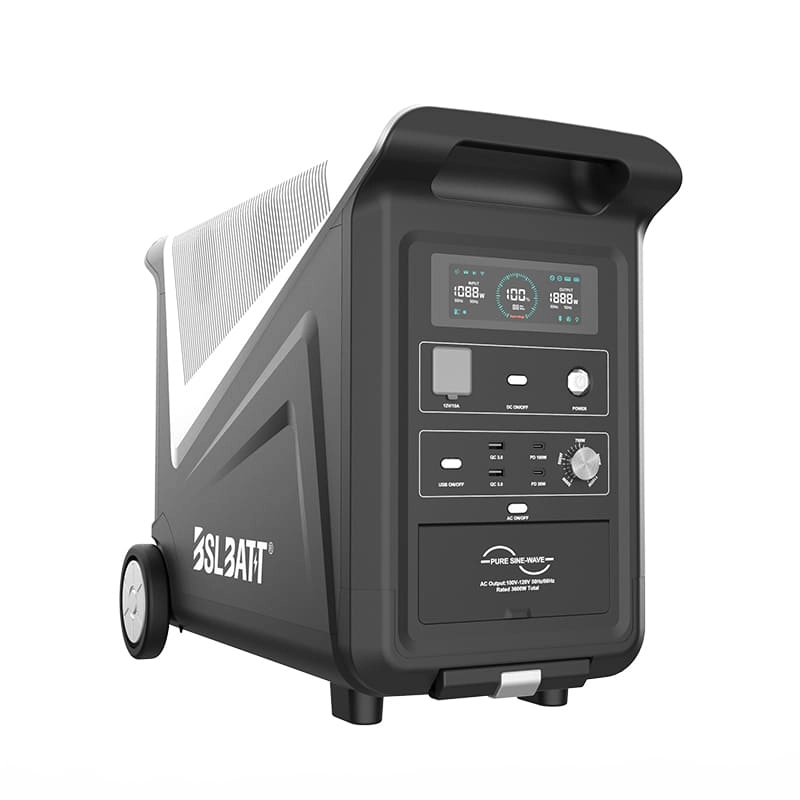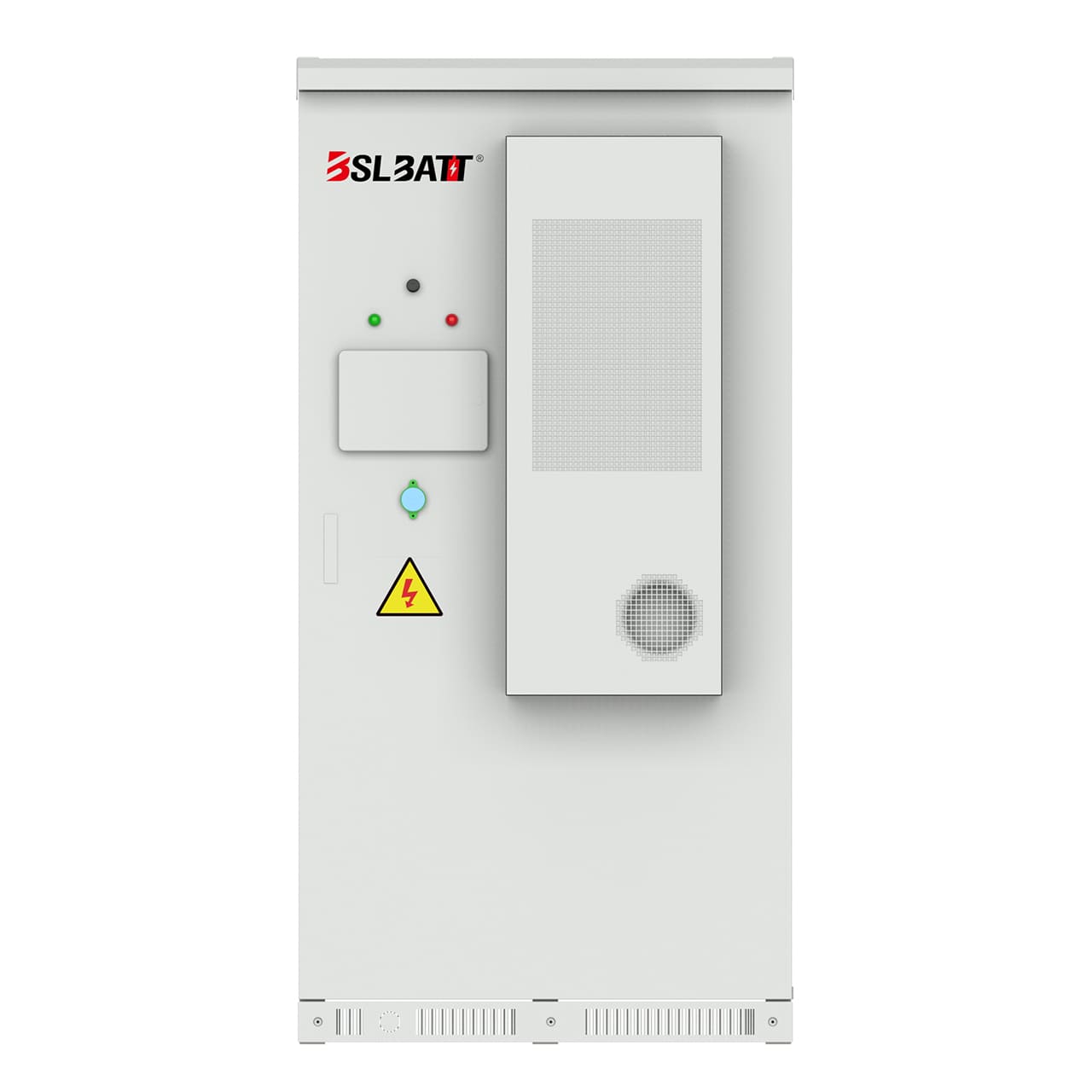Industry Application
Product Type
The Hidden Truths Behind LiFePO4 Battery Performance: The Role of Depth of Discharge
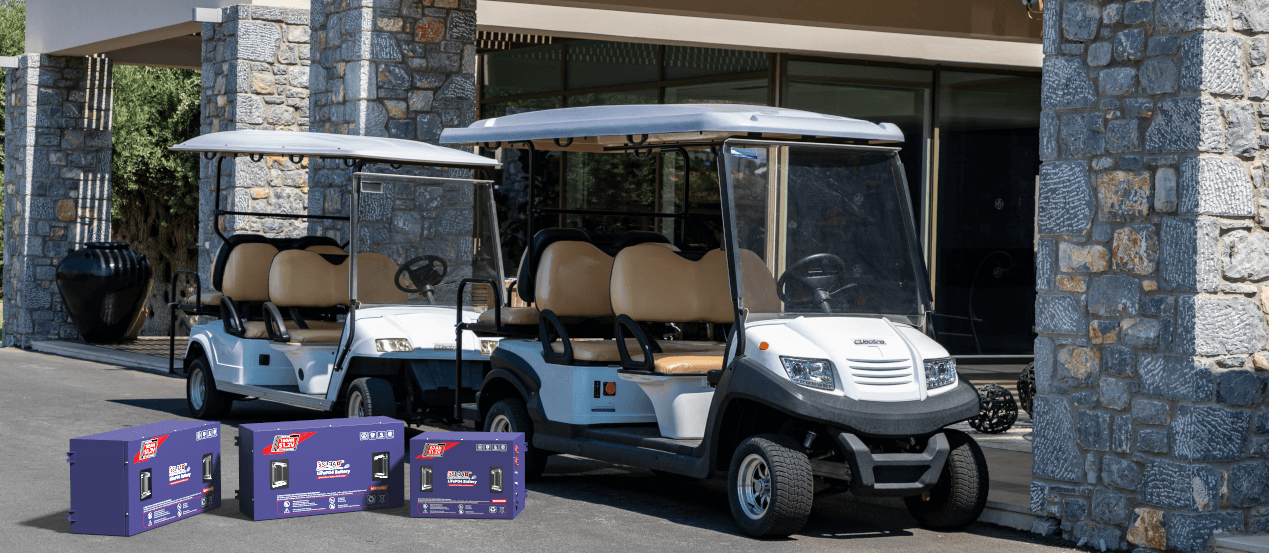
LiFePO4 batteries are often compared to traditional lithium-ion and lead-acid batteries due to their numerous benefits. One of the most significant advantages of LiFePO4 batteries is their extended lifespan and improved safety. These batteries are designed to last longer than other types life of the battery, making them a cost-effective and reliable option for various applications.
Another key factor that makes LiFePO4 batteries appealing to users is their Depth of Discharge. This metric is essential when evaluating the performance of any battery. The Depth of Discharge of LFP batteries is impressive, meaning that they can discharge more deeply than other battery types without causing damage. This feature makes them ideal for use in applications that require high energy density and long-lasting power, such as electric vehicles and renewable energy systems. In conclusion, LiFePO4 batteries offer numerous benefits, including a longer lifespan, enhanced safety, and an impressive Depth of Discharge. These features make them a popular choice for a wide range of applications, from consumer electronics to industrial and commercial settings.
LiFePO4 batteries: what are they?
The acronym LiFePO4 denotes the Lithium Iron Phosphate battery, which comprises LiFePO4 as the cathode material and a graphite anode. This rechargeable battery is widely regarded as the most superior among its counterparts, boasting one of the longest lifespans. Its versatile applications span across various industries, including but not limited to solar panel, marine, leisure vehicles, UPS, and electric golf cart.
How do you determine the depth of discharge?
The Depth of Discharge (DOD) is a term used to describe the level to which a battery can be discharged, usually expressed as a percentage. DOD is an important to understand that surpassing the recommended depth of discharge can result in harmful consequences for the battery.
For instance, let’s consider a battery with an 80% Depth of Discharge. This means that it can be discharged up to 80% of its total capacity. However, it is crucial to maintain a minimum State of Charge (SOC) of 20% before connecting the battery to a charger.
To maintain the fully charged batteries overall health and lifespan, it is crucial to avoid using it when it falls below the recommended 20% charge level. By following this guideline, you can ensure that the battery performs optimally and lasts for a longer period of time.
The importance of discharge depth
Maintaining the longevity and optimal condition of a battery heavily relies on the Depth of Discharge. It is imperative to adhere to the recommended depth of discharge to avoid over-discharge, as this can lead to irreversible reactions within the battery and cause irreparable damage.
Manufacturers typically provide a Depth of Discharge chart for batteries, indicating the expected lifespan based on different levels of discharge. Charging batteries at a lower depth of discharge can significantly extend their lifespan. As an example, an LFP battery may have the following cycle life at various depths of discharge:
– 80% depth of discharge: 3000 cycles
– 70% depth of discharge: 4000 cycles
– 50% depth of discharge: 5000 cycles
Furthermore, the Depth of Discharge provides users with crucial information regarding the extent to which battery capacity can be utilized before recharging becomes necessary. To illustrate, consider a lithium-ion battery with a total capacity of 100Ah and a depth of discharge of 80%. This indicates that only 80% of the battery’s capacity, equivalent to 80Ah, can be discharged before the need for recharging arises.

Each type of battery discharges at a different depth
Different batteries have different Depth of Discharge (DOD) Ratings, which indicate the maximum recommended level at which the battery can be discharged. It is crucial to understand that the DOD of batteries does not always correlate with their cycle life. For example, even though Lithium Iron Phosphate (LFP) batteries can withstand 5000 cycles at 80% DOD, it does not mean that lead acid batteries will perform equally. Each battery type has its own unique characteristics and capabilities.
The discharge depths of different batteries are as follows:
LiFePO4 Batteries
LiFePO4 battery cells possess an exceptional discharge depth ranging from 98% to 100%, surpassing all other battery technologies presently available in the market. Consequently, these batteries can be safely discharged to their maximum capacity without incurring any damage. Nonetheless, to extend their lifespan, most manufacturers advise adhering to an 80% Depth of Discharge (DOD) guideline. It is worth noting that even occasional utilization of the battery’s full capacity, i.e., 100%, will not cause any harm to the battery.
Lithium-ion Batteries
Li-ion batteries possess a maximum discharge capacity of 80%, and exceeding this limit may result in detrimental effects on the battery’s functionality. It is advisable to recharge these batteries once they attain a State of Charge (SOC) of 30%, which corresponds to a Depth of Discharge (DOD) of 70%.
Lead Acid Batteries
Lead acid batteries possess the most unfavorable Depth of Discharge (DOD) compared to other battery types. Their DOD is limited to a maximum of 50%. Consequently, it becomes necessary to recharge these batteries once their charge level diminishes to 50%. This inherent limitation prevents the complete utilization of the capacity of a lead acid battery and dramatically shortens its service life. For instance, if a lead acid battery is rated at 100 Ah, only 50 Ah can be continuously utilized without requiring recharging.
The discharge rate of LiFePO4 batteries
The rate of discharge of a battery is distinct from its depth of discharge. The depth of discharge signifies the utmost capacity of the battery that can be utilized, whereas the discharge rate denotes the pace at which the battery power can be utilized.

LiFePO4 battery maximum discharge rate?
It is assuredly permissible to discharge a LiFePO4 battery to its full capacity of 100% without incurring any harm to the battery. Consequently, the maximum Depth of Discharge (DOD) for these batteries is set at 100%. It is commonly acknowledged that the maximum discharge rate for such batteries is typically denoted as 1C.
Do LiFePO4 batteries overdischarge?
It is indeed feasible to excessively discharge a LiFePO4 battery. Over-discharging transpires when the battery’s power is depleted beyond its full discharge state. Consequently, any utilization of a LiFePO4 battery subsequent to reaching a charge level of 0% will result in over-discharging.
How Do I Calculate Discharge Depth?
Calculating the Depth of Discharge (DOD) and State of Charge (SOC) of a battery is a straightforward process. It is important to note that the DOD and SOC are complementary to each other.
To determine the DOD, subtract the SOC from 1. For example, if a battery is at a 60% charge level, the DOD would be calculated as follows:
DOD = 1 – 0.60 = 0.40 (or 40%)
Alternatively, the discharge current can be used to calculate the battery’s DOD. Let’s consider a battery with a capacity of 100 Ah. If this battery is connected to a supply for 30 minutes and discharged at a rate of 50 A, the discharged capacity can be determined as follows:
Discharged Capacity = 50 A x 30/60 h = 25 Ah
Therefore, the Depth of Discharge of the battery would be: 25/100 * 100 = 25%
Consequently, the State of Charge of this battery would be: 100% – 25% = 75%.

Discharge of LiFePO4 batteries is caused by what?
In general, some users wonder if their LiFePO4 batteries are discharging quicker or earlier than they should be. This can be caused by a variety of factors, including:
Devices that are connected
Occasionally, there may be instances where an electrical device that is linked to the battery remains unintentionally activated. This can result in the gradual depletion of the battery’s charge. In the event that the device has higher power consumption, such as an oven, a more rapid discharge may take place.
A high rate of discharge
Each battery is accompanied by a maximum discharge rate specification. Exceeding this rate during discharge may result in an elevated discharge, leading to an unexpected depletion of the battery’s power. The primary cause of such high discharge rates is typically attributed to an excessive number of devices connected to the battery.
Chargers with faults
Defective chargers have the potential to impede the battery’s ability to attain its maximum capacity, resulting in a shorter lifespan than anticipated. It is noteworthy that this predicament may arise despite the chargers being in optimal condition, as the charging circuit may be impaired. Additionally, loose terminal connections may also contribute to this issue.
Climate
The performance of the battery can be significantly influenced by weather conditions. Elevated temperatures can accelerate the chemical reactions occurring within the battery, leading to a faster discharge. Conversely, cold weather can extend the discharge time, but it can also have detrimental effects on battery health. To ensure optimal results, it is advisable to store the battery within the temperature range recommended by the manufacturer.
Generator
LiFePO4 batteries installed in vehicles are interconnected with the engine alternator, which assumes the crucial role of charging the battery. In the event of any malfunction occurring within the alternator or the associated circuitry, the battery may fail to reach its maximum charging capacity. Consequently, this deficiency will result in an accelerated discharge rate beyond the anticipated level.
How do you prevent LIFePO4 batteries from discharging unintentionally?

Here are some simple tips for preventing LiFePO4 battery discharge:
Utilizing a Battery Management System (BMS) in conjunction with the LiFePO4 battery is highly recommended for optimal performance. BSLBATT Lithium offers high-quality batteries that are equipped with this essential feature. The BMS plays a crucial role in ensuring the safety of the battery by disconnecting the battery discharge whenever it enters an unsafe zone. This feature provides peace of mind and protects the battery from potential damage.
To achieve the best battery charging results, it is advisable to employ advanced chargers. These chargers are designed to optimize the charging process, resulting in a more efficient discharge rate. By using advanced chargers, you can maximize the battery’s capacity and extend its overall lifespan. This not only enhances the performance of the battery but also ensures that it operates at its full potential.
After completing the battery operation, it is essential to disconnect all appliances from the battery. Even when turned off, connected appliances still draw a small amount of power, which can gradually drain the battery. By disconnecting all appliances, you can prevent any unnecessary power consumption and preserve the battery’s charge for future use. This simple step helps to maintain the battery’s longevity and ensures that it is ready for the next operation.
In order to guarantee a secure and reliable connection, it is crucial to ensure that the connections to the battery terminals are tightly secured. Loose connections can lead to power loss, inefficient charging, and potential damage to the battery. By double-checking and tightening the connections, you can eliminate any potential risks and ensure a stable power supply. This small but significant step contributes to the overall performance and safety of the battery.
Lastly, it is important to verify the maximum discharge rate of the battery and connect the appliance load accordingly. Each battery has a specific discharge rate that should not be exceeded to prevent any damage or overheating. By understanding the battery’s discharge rate and matching it with the appropriate appliance load, you can ensure a safe and efficient operation. This precautionary measure helps to protect both the battery and the connected appliances, promoting their longevity and optimal performance.
Does Cycle Life correspond to Discharge Depth?
No, the cycle life does not equate to the Depth of Discharge. The cycle life specifically denotes the number of charge and discharge cycles that a lithium battery can endure. On the other hand, the Depth of Discharge pertains to the maximum percentage of the lithium battery’s capacity that can be utilized during the discharge cycles.
Annotations
By effectively managing the Depth of Discharge (DOD), it becomes feasible to double the lifespan of a LiFePO4 battery. On the other hand, when exploring alternative choices like lead acid batteries, the Depth of Discharge presents notable disadvantages. It is recommended to select battery banks that have a higher DOD, as they provide a broader range of usable capacity and contribute to an extended battery life.
Cooperate with BSLBATT, a lithium battery manufacturer
Choosing a trustworthy lithium battery supplier is crucial for any business or individual looking to purchase these batteries. BSLBATT is a reputable supplier of high quality, safe, and reliable lithium iron phosphate batteries manufactured to the highest industry standards. For anyone looking for a lithium battery supplier, BSLBATT is a great choice due to its excellent customer support and affordable prices. Additionally, BSLBATT offers a range of customization options that enable customers to tailor battery solutions to their specific needs. contact us
A Guide to Choosing the Best 48V Lithium Golf Cart Battery
Would it be worth investing in a 48V ...
10 Exciting Ways To Use Your 12V Lithium Batteries
Back in 2016 when BSLBATT first began designing what would become the first drop-in replacemen...
BSLBATT Battery Company Receives Bulk Orders from North American Customers
BSLBATT®, a China Forklift battery manufacturer specializing in the material handling indust...
Fun Find Friday: BSLBATT Battery is coming to another great LogiMAT 2022
MEET US! VETTER’S EXHIBITION YEAR 2022! LogiMAT in Stuttgart: SMART – SUSTAINABLE – SAF...
Looking for new Distributors and Dealers for BSL Lithium Batteries
BSLBATT battery is a fast-paced, high-growth (200% YoY ) hi-tech company that is leading the a...
BSLBATT to Participate at MODEX 2022 on March 28-31 in Atlanta, GA
BSLBATT is one of the largest developers, manufacturers, and integrators of lithium-ion batter...
What makes the BSLBATT the Superior Lithium Battery for your Motive Power needs?
Electric forklift and Floor Cleaning Machines owners who seek the ultimate performance will fi...








